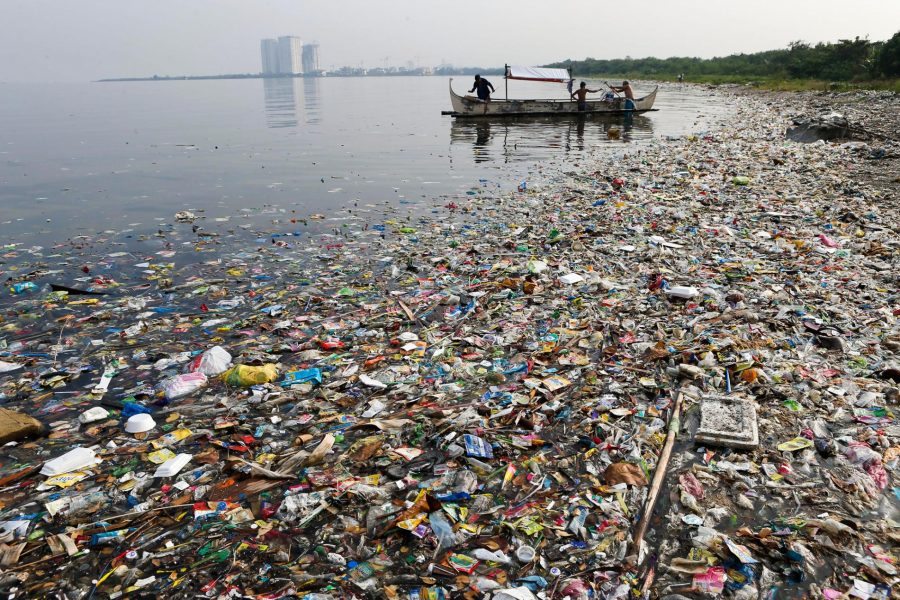Researchers determined that plastics in the ocean are degenerating in some way, and not because of oceanic currents.
A hypothesis is that a slower uptrend in global plastic pollution may have resulted in the evolution of microbes becoming able to degrade this contaminant to some extent. The idea comes after researchers analyzed areas where plastic is known to accumulate. They found that up to a tenth of the plastic that they expected to find was nowhere to be seen.


Where did the plastic go?
Researchers led by James R. Clark from the University of Exeter College of Life and Environmental Sciences in the U.K. assure that in the last ten years, humankind has managed to produce at least 2.6 billion metric tons of plastic, while around 12 million metric tons are believed to have reached the ocean in a single year.
But even if researchers assumed that half of all plastics could float in seawater, the amount that they can find today is only 1 to 10 percent of the plastic that is known to enter the ocean. They state that this discrepancy remains a mystery as there is no feasible explanation for this phenomenon.
“Our understanding of the processes determining the long-term fate of plastic in the marine environment is very limited; however, observations suggest that interactions with marine life play a major role in these processes,” reads the report.
Some argue that most plastic has been engulfed by marine trenches, although even assuming so, there would be tens of millions of tons of plastic left unaccounted for.
Microbes may have evolved to feed on plastic
The most interesting theory is that there could be a new type of microbes that can degrade plastics. The idea comes from observations showing that microbes that live on floating plastic are rather different from those in other regions of the ocean.
Linda Amaral-Zettler from the Netherlands argues that this may be the birth of the first organisms within the “plastisphere,” although she also contemplates the theory of plastic sinking to the seafloor, while also being ingested by other marine organisms.
Amaral-Zettler acknowledges that it is possible that plastic may biodegrade in the long-term, but lab tests show that the process should take hundreds of years. Current measurements of oceanic plastic simply do not add up to what scientists currently know about the process in which plastic reaches the ocean.
Even so, plastic can reach the most remote islands on Earth. Recently, researchers surveyed Henderson Island, which is over 5,000 kilometers away from any major human settlement, and found over 37 million pieces of plastic. The island is located in an area where oceanic currents have a higher chance of plastic to its beaches and that of its nearby isles. Only on Henderson Island, researchers found 17.6 tons of plastic, although millions of tons are still missing on a global scale.
Source: Ecological Society of America
